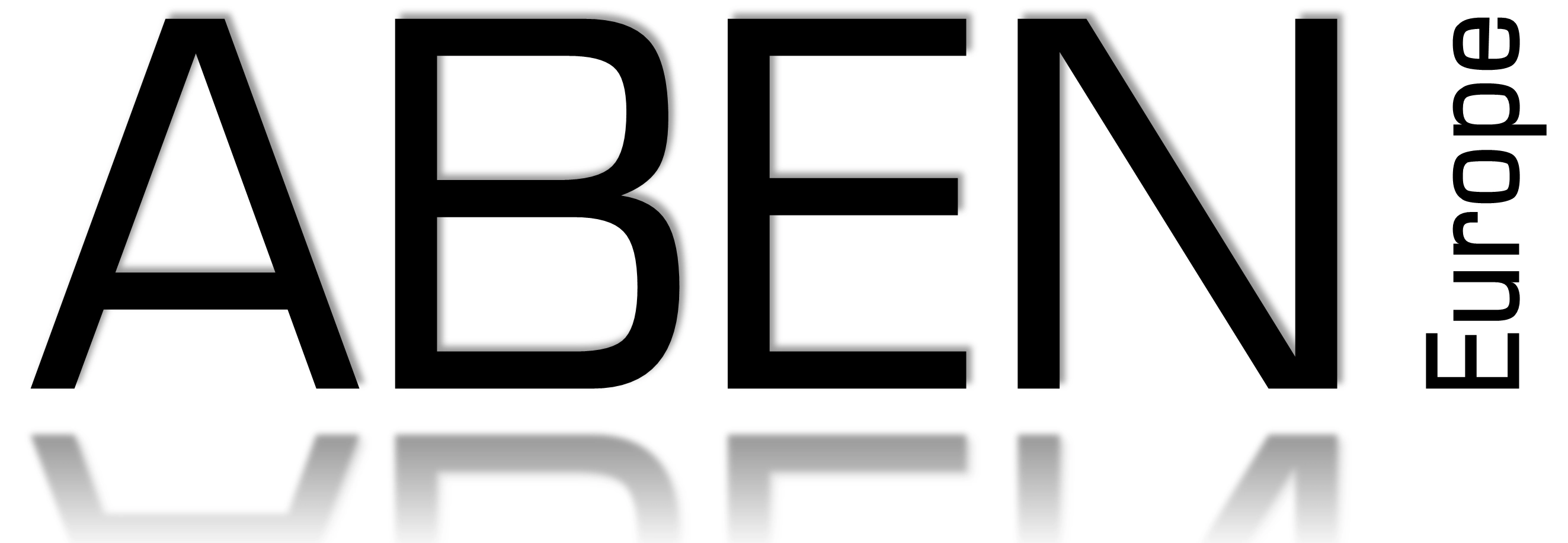CNC Machining: A Designer's Guide
Computer Numerical Control (CNC) machining is a versatile manufacturing process widely used across industries for its precision and efficiency. However, like any manufacturing method, CNC machining has its limitations that designers should be aware of to optimize their designs for successful fabrication. Here's a comprehensive guide to understanding the limitations of CNC machining
1) Material Selection
CNC machines work with a variety of materials including metals, plastics, woods, and composites. However, each material has its own machinability characteristics.
Some materials may be challenging to machine due to hardness, brittleness, or heat resistance. Ensure the chosen material is compatible with CNC machining processes.
2) Geometric Constraints
CNC machines operate by removing material from a solid block to create the desired shape. Intricate geometries with tight tolerances may pose challenges.
Sharp internal corners, deep pockets, and narrow features are difficult to machine accurately. Designers should aim for filleted corners and avoid overly complex geometries.
3) Aspect Ratios and Thin Walls
Thin walls and slender features are prone to vibration and deflection during machining, leading to inaccuracies.
Maintain appropriate wall thicknesses and consider adding ribs or supports to improve structural integrity.
4) Undercuts and Overhangs
CNC machining is limited by the tool's accessibility to the workpiece. Undercuts and overhangs may require specialized tooling or additional operations like 5-axis machining.
Minimize the need for complex undercuts and overhangs to simplify machining and reduce costs.
5) Surface Finishes
Achieving specific surface finishes directly from CNC machining may be limited based on tooling and material properties.
Designers should anticipate post-machining finishing processes such as sanding, polishing, or coating to achieve desired surface qualities.
6) Tooling Limitations
CNC machining relies on various cutting tools with specific capabilities and limitations.
Tool diameter, length, and reach dictate the machinable features and overall efficiency of the process. Design with tooling constraints in mind to optimize manufacturability.
7) Tolerances and Accuracy
CNC machining can achieve high precision, but tight tolerances may increase production costs and machining time.
Understand the achievable tolerances for your selected material and machining process. Consider functional requirements and prioritize critical dimensions.
8) Cost Considerations
Complex designs requiring specialized tooling or longer machining times will incur higher production costs.
Design for manufacturability by minimizing material waste, optimizing tool paths, and simplifying part geometries without compromising functionality.
9) Prototyping and Iteration
Rapid prototyping allows designers to evaluate designs and iterate quickly before committing to final production.
Utilize rapid prototyping technologies like 3D printing to validate designs and identify potential manufacturing challenges early in the development process.
10) Communication with Machinists
Collaborate closely with CNC machinists to leverage their expertise and address design considerations.
Provide detailed drawings, specifications, and part requirements to facilitate efficient communication and ensure manufacturing success.
Conclusion
Understanding the limitations of CNC machining empowers designers to create designs that balance functionality, manufacturability, and cost-effectiveness. By considering material properties, geometric constraints, tooling limitations, and cost factors, designers can optimize their designs for successful fabrication using CNC machining processes. Continuous collaboration between designers and machinists fosters innovation and enhances the overall quality of manufactured components.
